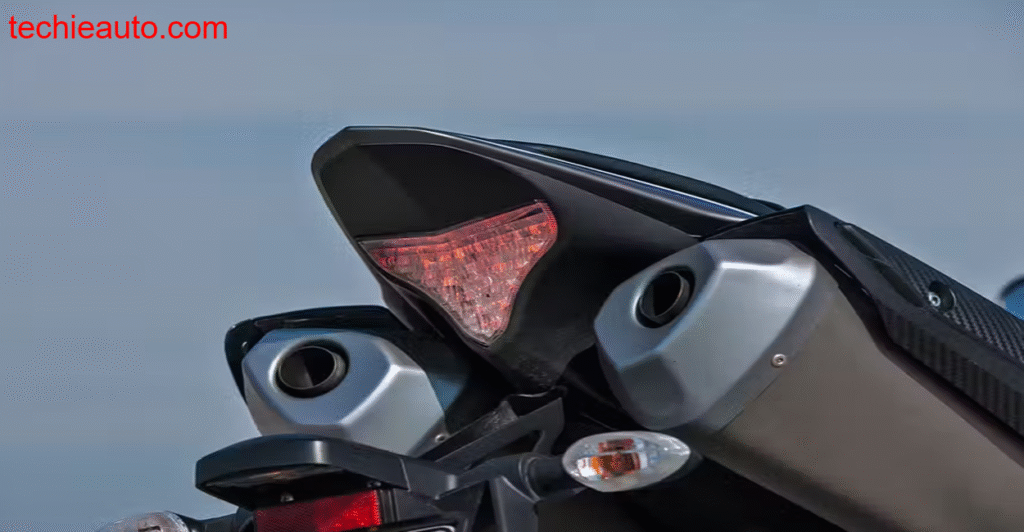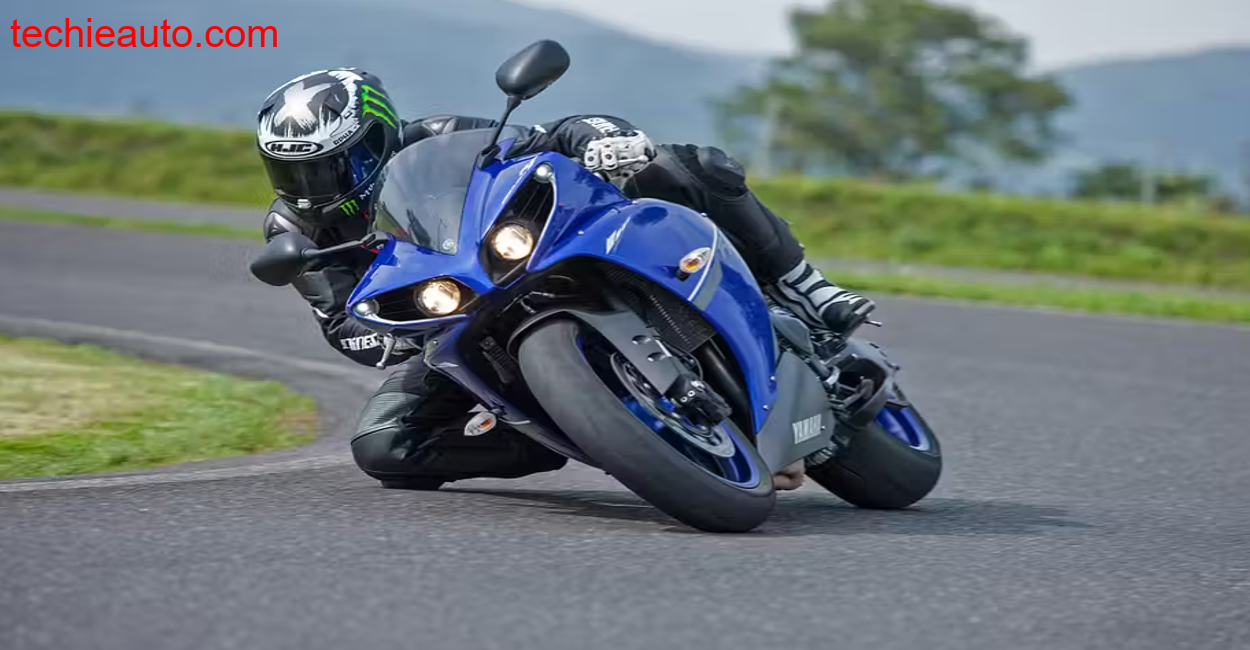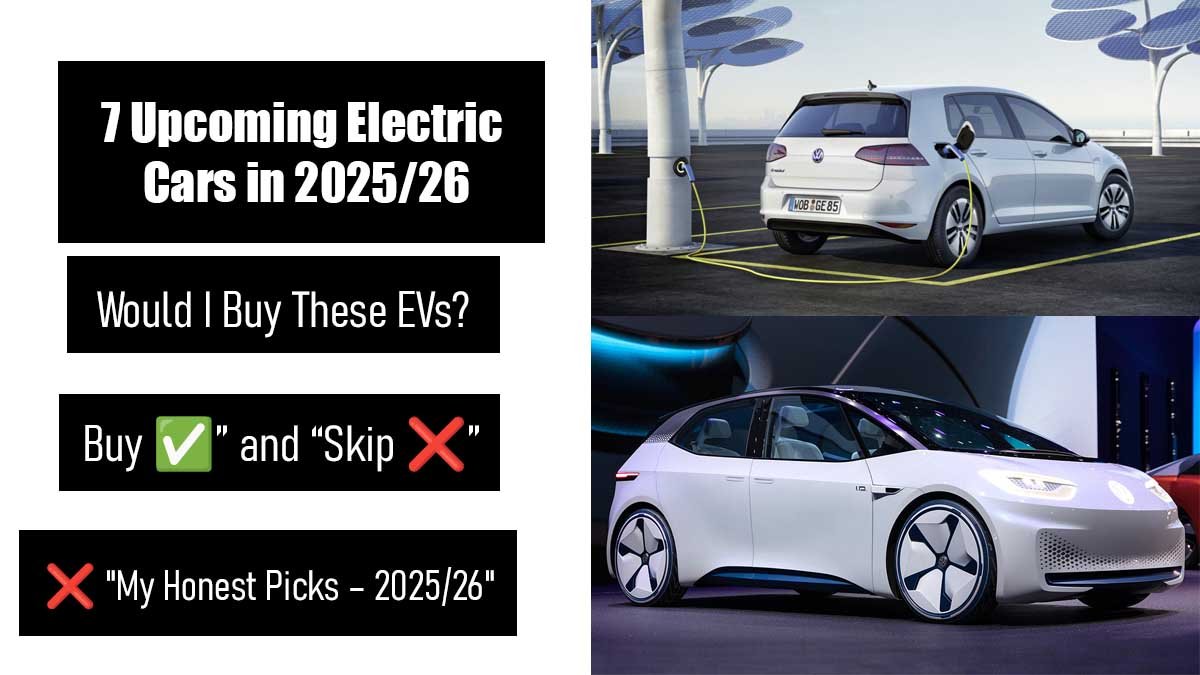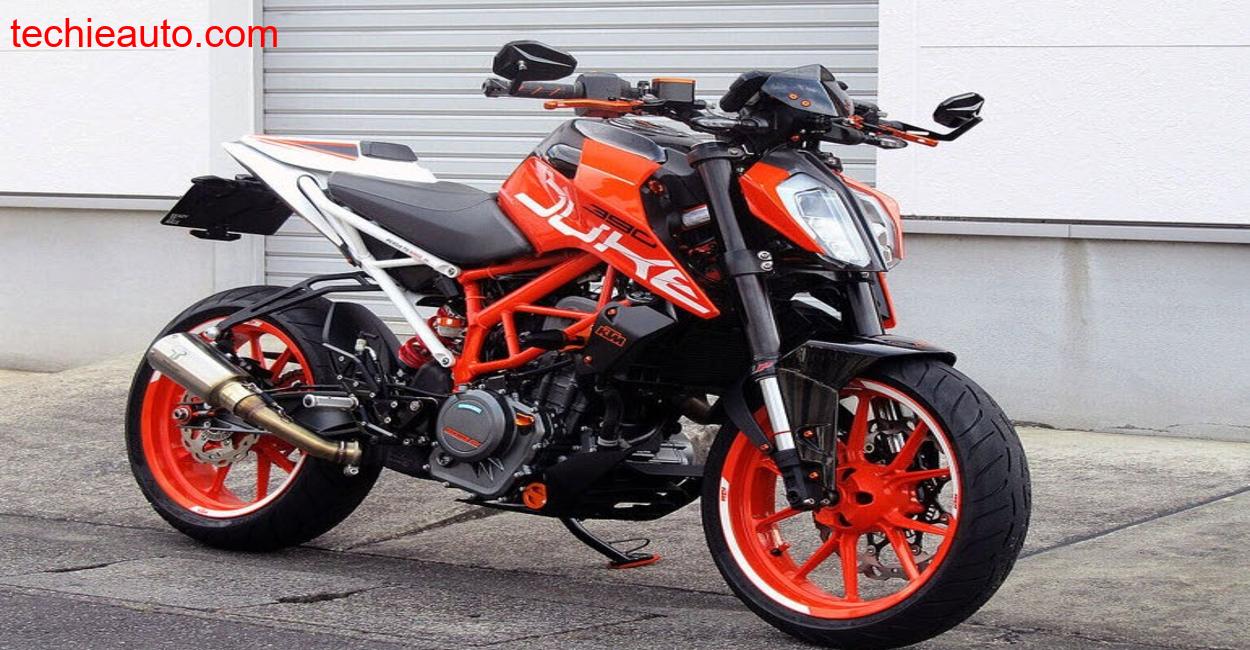Keylong – high up in the Lahaul Valley, where the mountains stretch like frozen thunder and the air feels filtered by glaciers. This isn’t the kind of place you’d typically think of for a supersport test. But that’s exactly why I chose it. The 2015 Yamaha YZF-R1 wasn’t born to idle in traffic lights or rumble through sleepy villages, it was made to scream through corners, kiss apexes, and chase milliseconds. I’ve been riding for over two decades. Ridden countless sportbikes. But somehow, the R1 and I never crossed paths, until now. And what better stage for this long-awaited encounter than a raw, elevated playground at 10,000 feet? No circuits. No curated tarmac. Just me, the R1, and the thin air of Keylong.
The conditions for the first few laps
Sunlight fell in golden ribbons across the rocky ridges, making the asphalt shimmer like it had a pulse. The track here is rough around the edges, literally. Small pebbles, cold patches, altitude-induced thin grip, and zero forgiveness for overcooking a turn. But that’s what made it perfect. Mounting the R1 for the first time felt like closing a chapter that had waited too long to be written. The 855mm seat height perched me high, but the tank cut-outs hugged my knees like they’d been tailored for me. Footpegs? Race-spec sharp and high. My knees needed some coaxing, but once settled, it was all natural. The first few laps were behind a pace lead, smooth corner entries, quick throttle checks, noting every bump and blind curve. The 2015 R1’s initial throttle engagement was almost too polite. But twist deeper and it responds like a dragon disturbed in its sleep. You know there’s violence lurking, refined, deliberate, and oh-so-willing.
MotoGP in a production bike – the R1 has a lot to offer

Yamaha wasn’t subtle about it: this R1 borrows heavily from its M1 MotoGP sibling. It’s a 200hp beast engineered to compute, react, and win. The real star? The Inertial Measurement Unit (IMU) that reads six axes of movement and updates 125 times per second. It doesn’t just monitor, it preempts. That means the bike knows when you’re pitching too hard into a corner, when you’re about to lose the rear on exit, or when you’re sending too much juice to the rear wheel mid-slide. Slide Control System (SCS), Lift Control (LIF), Launch Control (LCS), 9-stage Traction Control (TCS), and Quick Shift (up only) all talk to each other in a language most riders will only start to understand after a full day at the track. And all this info? Presented on a full-color TFT display, which switches to Race Mode to prioritize revs, gears, and lap times. A toggle on the left bar lets you adjust engine maps, TCS, and slide control. Dig deeper, and you’ll find programmable presets, four of them, that you can tweak for every corner of your life. If you’re on the R1M, the optional Communication Control Unit (CCU) turns it into a digital pit box, tune everything via tablet or phone. The R1 isn’t a motorcycle. It’s a race engineer with handlebars.
A superbike is now unthinkable without electronics
Once warmed up, the Pirelli Supercorsa SPs found their confidence, and so did I. Keylong’s mountain course wasn’t a manicured circuit, so traction was never guaranteed. I kept the TCS at level 3 for the first stint. Out of a downhill chicane, I twisted hard in 2nd gear, the front floated, feathered up, then gently came back. The Lift Control was doing its thing. Brake. Downshift. Countersteer. Flick left. Trail-brake into a blind right. Open throttle just enough to test grip. The rear wiggled, but it wasn’t a panic moment. The Slide Control let it drift, just enough, before reeling it back in. I remember this one tight hairpin where I got a bit greedy. Came in late, braked hard, then gassed it mid-turn. The rear stepped out, but not violently. The R1 didn’t slap my wrists, it nudged me like a dance partner leading the next step. That’s when I truly trusted it. At full chat, between two rocky outcrops, I passed a liter-class rival with ease. He had the straight-line punch, but I had exit speed. The electronics weren’t a crutch, they were a silent partner, letting me explore that 200-hp envelope without fear.
A fascinating inline four
That motor. It’s not just numbers, it’s character. Yamaha’s crossplane crankshaft layout changes everything. The firing intervals are uneven, so it doesn’t feel like a high-strung inline four. It feels like a tuned V4 with ADHD. The sound? Deep, throaty, and unfiltered through the alpine air. Unlike traditional inline-fours that whine, this growls, almost like it’s snarling at the hairpins ahead. And the feel is addictive. Torque delivery is creamy below 6,000 rpm, but hit 8,000 and it starts to yank you forward like a slingshot. The titanium rods, the lightweight pistons, the rocker-arm valve system, it all comes together to make a powerband that feels organic and relentless. I didn’t chase redline often. You don’t need to. Most of the magic happens between 7,000 and 11,000 rpm. That’s your playground. Above that, it gets rowdy, almost too manic for public roads or mountain corners. But the fact that it’s all usable? That’s the real trick.
1 hp per 1 kg of weight – 600cc feeling and 200 hp
It weighs just under 200 kg. Makes just over 200 horses. That’s 1:1. And it feels like it. Diving into Keylong’s tighter downhill curves, the R1 carried the nimbleness of a 600. It didn’t push wide, didn’t fight my countersteer, and always gave feedback through the bars and the pegs. You get that old-school 600cc agility, but when the exit opens up, and you roll on the gas, BOOM. You’re in another league. The chassis, built with magnesium subframe and cast aluminum delta box frame, stays poised. Even when I got cocky and clipped an inside curb mid-corner, the R1 didn’t flinch. Suspension? Spot-on. The KYB forks up front were progressive and planted. The rear mono? Tight, with no wallow. But it’s the steering damper that quietly saved my day. When I hit a series of bumps flat-out in 4th, the front started getting airborne, and I felt a wiggle. But the damper caught it, steadied the line, and I stayed pinned.
The Superbike formula can be so simple
At the end of the session, rain clouds moved in, abrupt, dramatic, mountain-style. We were called off the final lap. I was disappointed, sure. But more than that, I was grateful. The 2015 Yamaha YZF-R1, even 10 years later, still embodies everything a supersport should be. Accessible. Adjustable. And bloody fast. It’s not just about lap times; it’s about how it makes you ride. On this machine, I wasn’t chasing numbers, I was chasing perfection, apex after apex. And that’s the beauty. For €18,000 back then, Yamaha gave us not just a track weapon, but a MotoGP-replica with street manners.
Technical Specifications
| Feature | Specification |
| Engine | 998cc inline 4-cylinder, crossplane crank |
| Power | 200 hp @ 13,500 rpm |
| Torque | 112.4 Nm @ 11,500 rpm |
| Weight (Wet) | 199 kg |
| Frame | Aluminum Deltabox |
| Suspension Front | KYB 43mm Fully Adjustable Forks |
| Suspension Rear | KYB Fully Adjustable Monoshock |
| Electronics | IMU, TCS, SCS, LIF, LCS, QSS (up only) |
| Display | Full-color TFT |
| Seat Height | 855 mm |
| Wheelbase | 1,405 mm |
| Front Tire | 120/70ZR17 (Pirelli Diablo Supercorsa SP) |
| Rear Tire | 190/55ZR17 (Pirelli Diablo Supercorsa SP) |
| Price (2015) | Approx. €18,000 |
Conclusion
The Yamaha YZF-R1 2015 isn’t just a machine, it’s a dialogue between man and algorithm, between raw horsepower and surgical precision. It’s a 200-hp statement carved into magnesium, aluminum, and titanium, dressed in MotoGP heritage and painted with the blood of track records. On the mountain roads of Keylong, where the air thins but your senses heighten, the R1 never felt out of place. It adapted. It danced. It conquered. If you’re looking for a supersport that respects your experience, matches your ambition, and still teaches you a thing or two, this is it. Not for the faint-hearted. But definitely for the fast-hearted.
Is the Yamaha R1 still relevant in 2025?
With its advanced electronics suite, crossplane engine, and MotoGP-inspired DNA, it still competes strongly with many modern liter-class bikes.
Can Yamaha R1 be used daily or just on the track?
It’s street legal, but ergonomics, heat, and gearing make it less ideal for daily city commutes. It’s happiest on a track or open road.
How does the Yamaha R1 compare to the S1000RR?
The S1000RR might have more refined electronics and horsepower figures, but the R1 feels more organic and emotionally connected, especially with its crossplane sound and chassis feel.







